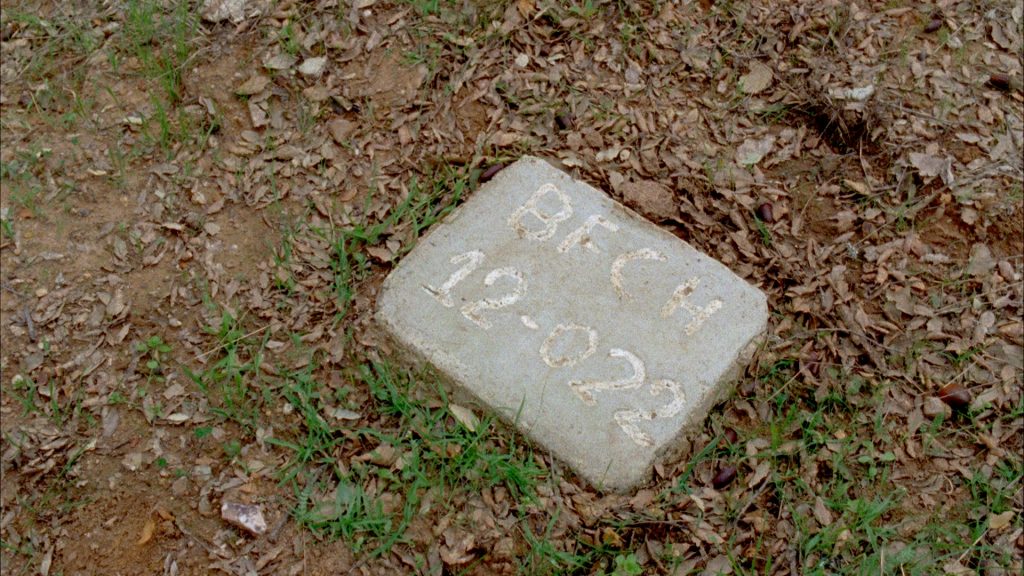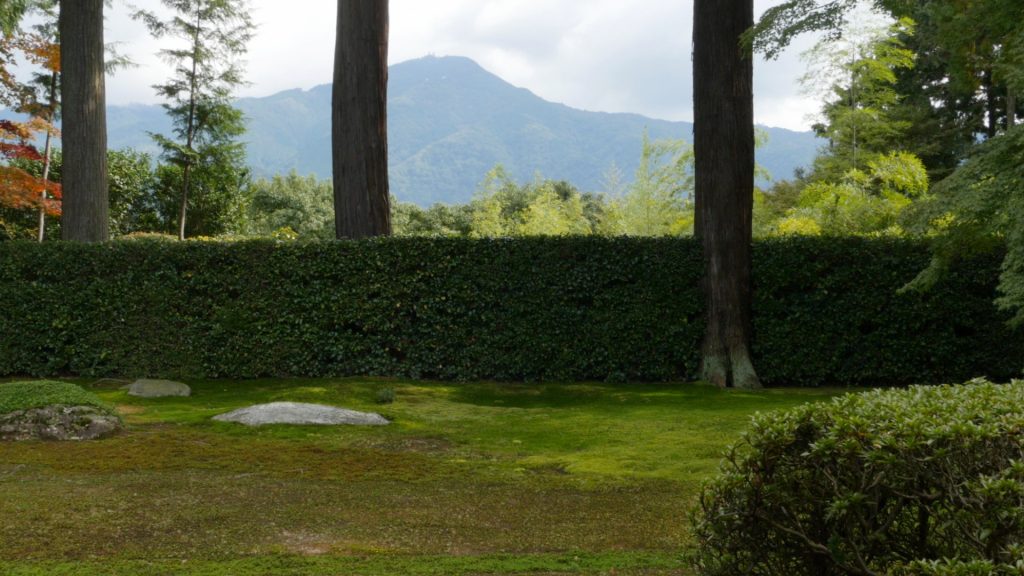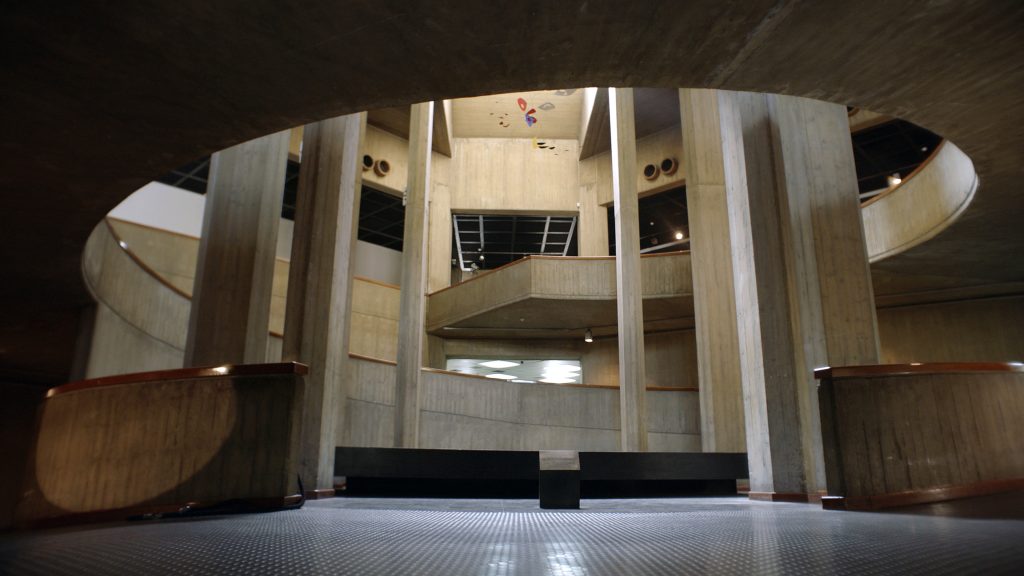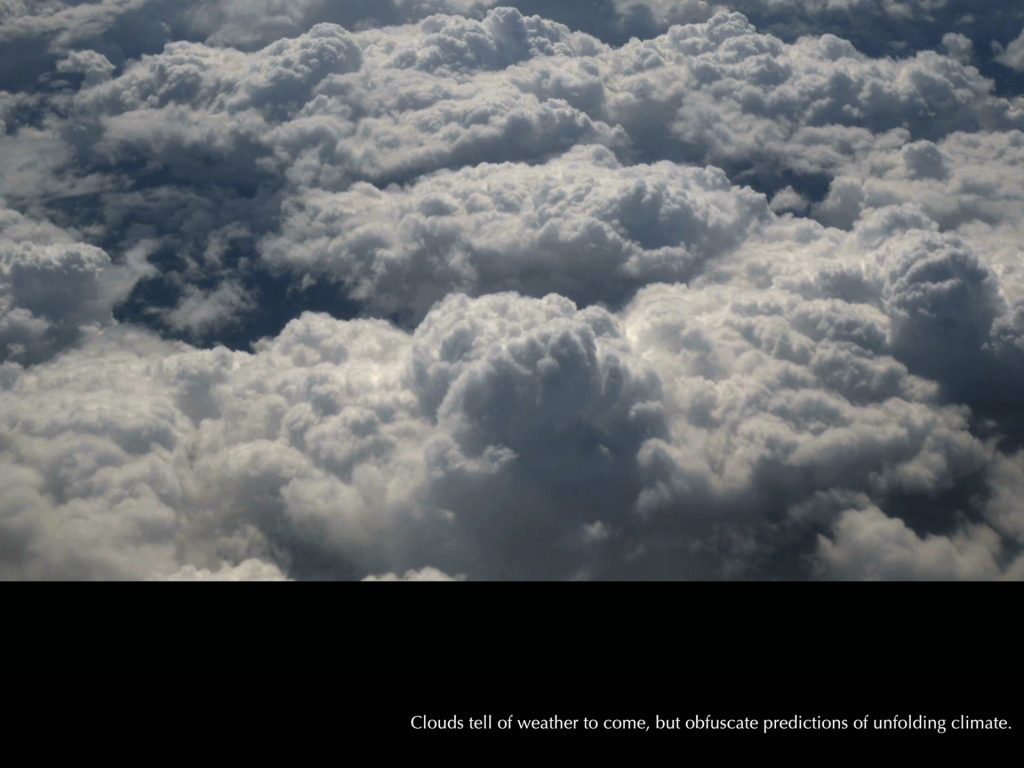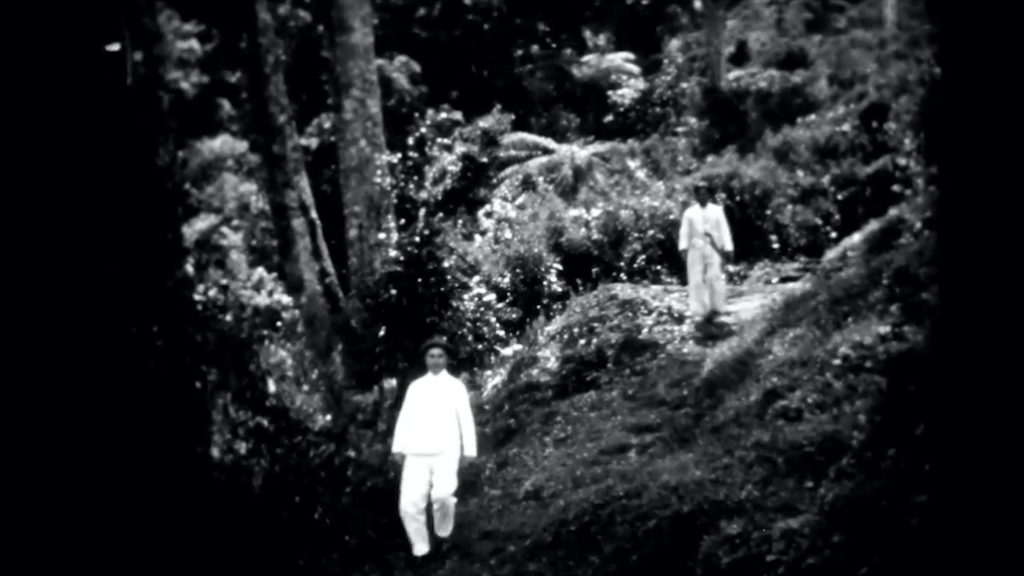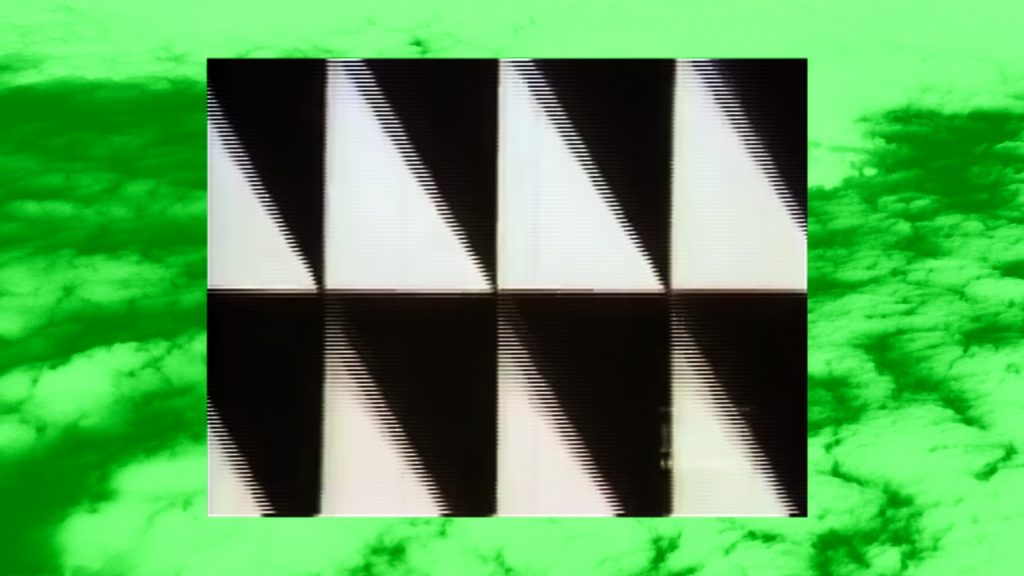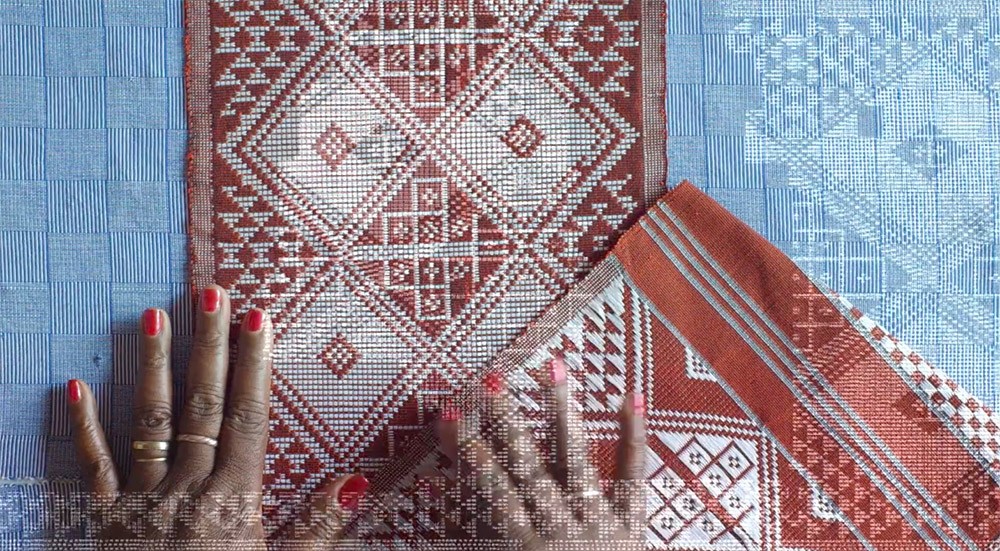Two film programmes inspired by media researcher, Shannon Mattern’s work Dirt and Data. Code and Clay, invite us to look at matter and natural systems as political, historical and social bearers and means of communication.
The Matter as a Historical Body programme includes films by artists Filipa César and Shirin Sabahi. Although belonging to different contexts, their works discuss materiality and the dimension of time. In Mined Soil, César is reading from and quoting Amílcar Cabral, a Guinean agronomist and liberation fighter who claimed that soil is also a historical body, among other things. Shirin Sabahi’s Borrowed Scenery and Mouthful revolve around the work Matter and Mind by the Japanese artist Noriyuki Haraguchi and the history of its origin as well as its placement at the Tehran Museum of Contemporary Art. Oil is used as an artistic material in Haraguchi’s work –– a still, mirror-like, fixed surface. By initiating a careful restoration of the work, Sabahi unveils its historical depth. In their works, the artists nurture and care for the history of materials through their interventions, raising questions and initiating gestures, exposing the political, institutional and personal layers behind the surface.
Curated by Viktorija Šiaulytė
